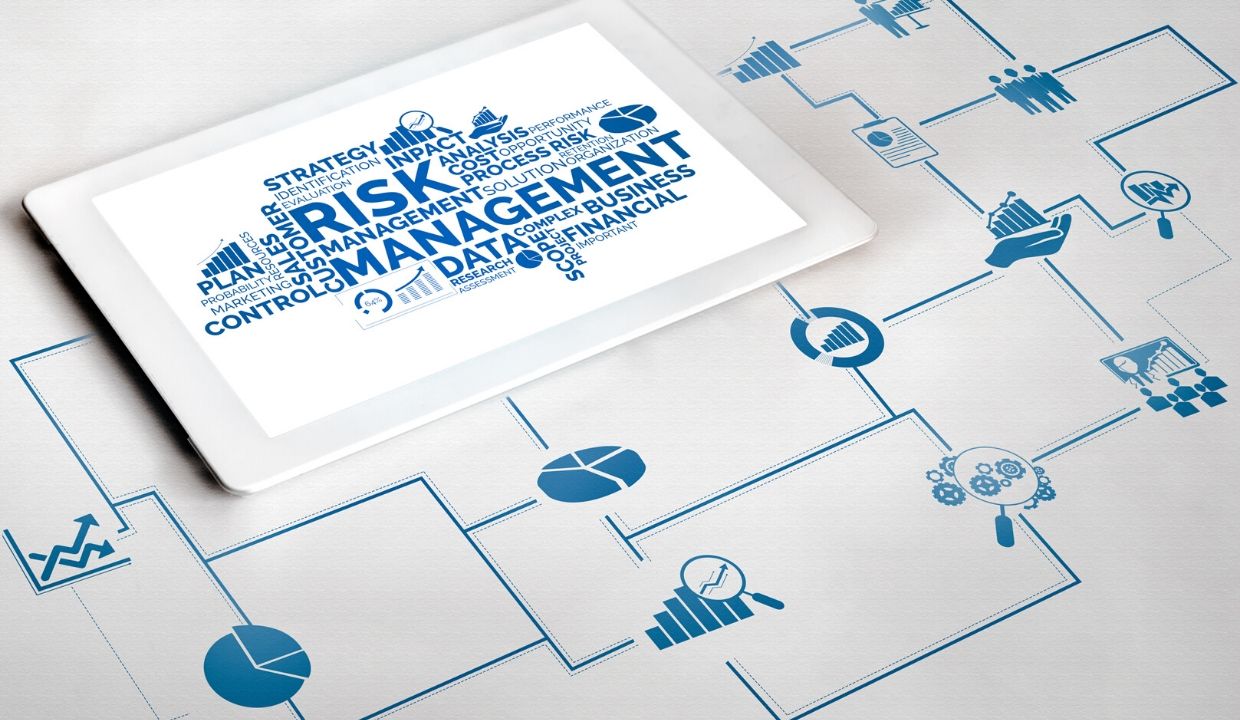1.Overview
There has been an optimistic trend in pharmacy and healthcare industry in Vietnam. This industry is irreplaceable as the education level and life expectancy of Vietnamese have been significantly improved. However, due to some challenges, pharmacy and health care industry desires for a change in legal framework, thus creating favourable conditions for development in the futures.
2.Vietnam – next growing pharmacy and healthcare market
- Overview of market potential
With the population of around 94 million, 44% monthly increasing income, 30% urbanisation rate with 3.4% growth rate per year, 6% GDP growth per year, the demand for better development of pharmacy and healthcare industry has been significantly increased.
Business Monitor International (BMI) in their report “Vietnam Pharmaceutical and Healthcare” revealed that annual total value of pharmacy market $3 billion with annual growth of 15.5% period 2014-2018. The same report also showed that the total healthcare spending reaches $13 billion in 2015 which account for 5.8% GDP- highest in ASEAN, is expected to grow to $24 billion in 2020s.
- Trade agreement influence Vietnam’s market
Vietnam has recently taken part in several trade agreement which allow foreign companies to easily enter Vietnam. Firstly, Vietnam has cut tariff on 47 tariff lines of pharmaceuticals. Also by encouraging foreign investment to enter Vietnam in various forms, among 171 pharmaceutical companies operating in Vietnam, 9% are foreign invested enterprise, 4% are joint ventures.
Secondly, in terms of healthcare sector, the data of Ministry of Health stated that there are 137 operational private hospitals, including six foreign invested hospitals, and about 30,000 consulting rooms. These six foreign invested hospitals have the initial investment capital of 94 million dollars. Vietnamese government had licensed to a lot of foreign invested projects in the healthcare sector which included a total investment capital of 1.16 billion dollars. In addition, the government has allowed the investors in healthcare sector to enjoy 10% corporate income tax for the whole life of the project, tax exemption for 4 years and lower land leasing fee for years.
- Pharmaceutical products heavily rely on import
Local pharmaceutical production was valued at nearly US$920 million which satisfy 48 % of the needs in Vietnam. Imported drugs account for the remaining 52 %. Vietnam imports pharmaceuticals mainly from France, India and Korea. The medicine lines from this countries is stable and price competitive. In terms of domestic companies, the three largest public pharmaceutical companies are DHG Pharmaceuticals JSC (DHG), Traphaco JSC (TRA) and Domesco Medical Import-Export JSC (DMC).
Around 90 of raw material input are imported from foreign countries, in which 57% are from China, 18% from India and other countries such as Austria, Spain, Germany, France, Italy, and Sweden …
- Vietnam’s consumer behaviour
Vietnamese consumer has a strong preference of foreign medicines. The statistics have revealed that in the doctor prescription, 18 -20% domestic medicines are used for the patients even though the imported medicines are more expensive than domestic ones. Vietnamese consumer has more confident in terms of quality of foreign products.
Only 20%-30% of Vietnamese consumers buy medicines with prescription. However, BMI expected that the usage percentage of medicine through prescription will increase to 74.6% in the next 5 years.
3.Challenges
- Poor regulation standards
Price management and intellectual property protection of the government have not been managed closely. Therefore, the price of products still increases every year and the counterfeit medicines is still floating in the market, around 0.1% in 2012 (Drug Administration of Vietnam)
Around 28% of pharmaceutical companies have the Global Manufacturing Practice (GMP) certification, which states the minimum requirements that a pharmaceutical manufacturer must meet in order to prove that their products are of high quality and do not pose any risk to consumers. Particularly, in 2013, there are 79 out of 105 foreign medicine manufacturing enterprises and 5 of 80 domestic manufacturing enterprises that qualify GMP due to the fact that most of the enterprise are small in terms of sizes and capital investment. This indicates that Ministry of Health needs to take more aggressive actions to encourage the companies to meet the standards.
- Specific patented medicines is weak
Even though there are plenty of investment projects in pharmaceutical and healthcare industry with support from government, producing patented medicines are still too expensive in terms of time and manpower. In fact, lack of medical qualification, infrastructure development and material sources are factors leading to underdeveloped circumstance in this sector.
- Lack of accessibility in healthcare industry
There has been 1090 public hospital and 175 private hospitals in Vietnam in 2014, is expected to increase to 1204 and 200 respectively. However, there are 25.1 hospital beds per 10,000 inhabitants and 7.9 doctors per 10,000 inhabitants, which are still a question mark that has not been handled.

Benefits of Setting Up Business in Danang

Korea Invested 2.7 Billion USD in Binh Duong

Samsung Invests Aggressively in Bac Ninh Province

Improving Business Environment and Enhancing National Competitiveness in 2018

Risk Management Necessity in Vietnam?

Alibaba from China Acquires Lazada Vietnam

Solar Energy Power Future in Vietnam

Assistance in Setting-up Business Venture

How ANT Consulting Could Help Your Business?
Please click here to learn more about ANT Consulting or contact our lawyers and consultants in Vietnam for advice via email ant@antconsult.vn or call our office at +84 28 730 86 529

